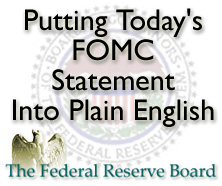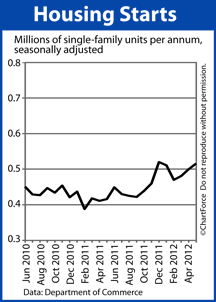
Mortgage rates have resumed their downward trend.
According to Freddie Mac’s weekly Primary Mortgage Market Survey, the national average 30-year fixed rate mortgage rate fell 5 basis points to 3.66% this week. The rate is available to “prime” borrowers who are willing to pay, on average, 0.7 discount points plus a full set of closing costs.
30-year fixed rate mortgage rates are down in seven of the last eight weeks but, depending where you live, the mortgage rates made available to you will vary. The Freddie Mac survey notes that mortgage rates vary by region.
For example, mortgage applicants in the West Region received the lowest rates from lenders, on average, but also paid the highest number of discount points. Discount points are a specific type of closing cost where 1 discount point is a fee equal to one percent of your loan size.
Average mortgage rates in the five U.S. regions, as tracked by Freddie Mac :
- Northeast Region : 3.70% with 0.7 discount points
- West Region : 3.62% with 0.8 discount points
- Southeast Region : 3.68% with 0.7 discount points
- North Central Region : 3.65% with 0.7 discount points
- Southwest Region : 3.68% with 0.7 discount points
Nationally, one year ago, the average 30-year fixed rate mortgage rate was 4.50%. Today, it’s 3.66%. This 84 basis points difference yields a monthly savings of $49 per $100,000 borrowed at today’s rates, or $588 per year.
A $400,000 mortgage would save $2,352 annually at today’s mortgage rates as compared to June 2011.
The 15-year fixed rate mortgage rate is also low, averaging 2.95% nationwide with 0.6 discount points. This is the second-lowest reading in recorded history. However, when the 15-year fixed averaged 2.94%, banks required an average of 0.7 discount points to get it. One could argue that this week’s average rate-and-points combination is actually a better “deal” because closing costs are lower.
Mortgage rates continue to break new lows so, if you’re eligible to refinance, the timing may be right to explore your mortgage options. Similarly, if you’re in the market to buy a home, today’s low rates will help to keep your home affordability high.
Talk to your loan officer about capitalizing on the lowest rates of all-time. Rates in Louisville may not rise starting next week, but when they do rise, they’ll expected to rise quickly.
 The Federal Open Market Committee voted to leave the Fed Funds Rate unchanged within its current target range of 0.000-0.250 percent Wednesday.
The Federal Open Market Committee voted to leave the Fed Funds Rate unchanged within its current target range of 0.000-0.250 percent Wednesday. Sometimes, the housing data headlines tell just half the tale. The stories on May’s Housing Starts figures are proving to be a terrific illustration.
Sometimes, the housing data headlines tell just half the tale. The stories on May’s Housing Starts figures are proving to be a terrific illustration.